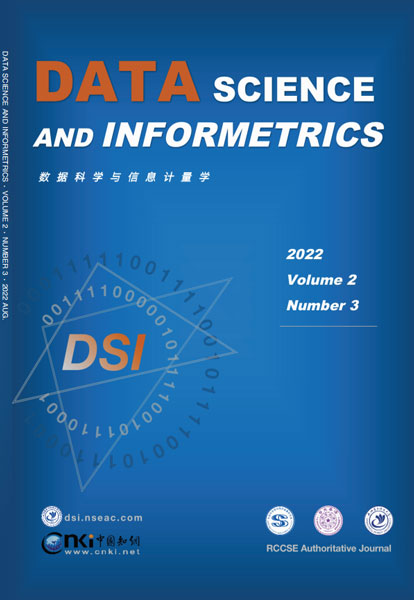2022 VOLUME 2 ISSUE 3
RESEARCH ARTICLE
A study on the dynamic evaluation of urbanization development quality: An example of 9 counties in Lishui City, Zhejiang Province
AUTHOR
Lili Gu, Xuan Liu, Kelan Yan, Wenping Zhang
ABSTRACT
As an important indicator to measure the economic development and modern civilization of a country or region, the evaluation of urbanization development quality is a complex systematic project, which is helpful to clarify the strengths and weaknesses and regulate and guide the development strategies. Based on hierarchical analysis, geographically weighted regression analysis and cluster analysis, this paper takes Lishui City, Zhejiang Province as an example and selects 1 primary indicator, 4 secondary indicators and 17 tertiary indicators to construct an urbanization development evaluation index system and make an objective evaluation of the development status. The results show that: the level of urbanization development in Lishui City is relatively backward in the province, but the development trend is good; in terms of spatial correlation, the development of 9 counties and districts is relatively close, among which Qingtian County plays a key role in the development of urbanization in Lishui City; in terms of cluster analysis, the city's 9 counties and districts can be divided into "agglomeration enhancement type" and "coordination In terms of cluster analysis, the city's 9 counties and districts can be divided into three major types." Cluster Enhancement Type", "Coordination Promotion Type" and "Weak Development Type". In addition, countermeasures are proposed according to the development status to provide some reference for the future development of Lishui City and similar cities.
KEYWORDS
Lishui city; Urbanization development; Cluster analysis; Quality evaluation; Optimization and enhancement
